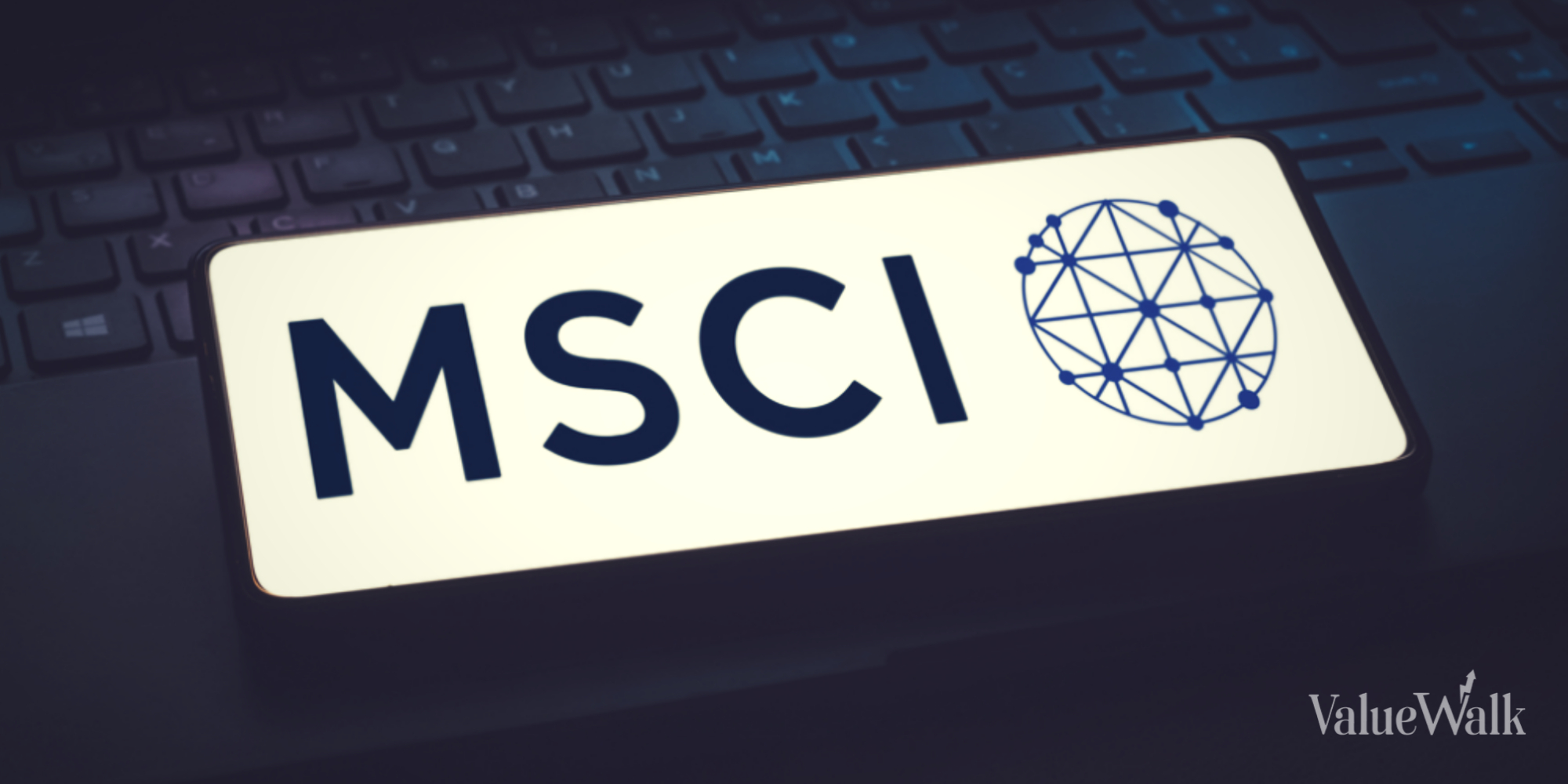For the hedge fund industry to be successful and grow assets outside of performance gains, it must offer investors something they cannot access elsewhere at a cheaper cost. Additionally, market conditions must be such that those offerings are attractive, regardless of prior or recent performance. This is exactly what we’re seeing after one quarter of 2017 is in the books.
2017 Hedge Fund Letters
After the industry’s largest monthly outflow since April 2009 to end 2016 (December 2016 outflow of $29.3 billion), the flow landscape has steadily improved in each of the last three months. March inflows were the industry’s largest in the last twenty months, since August 2015, and the majority of new money is going into macro, managed futures and quantitative equity strategies.
Highlights
- Investors allocated an estimated net $15.7 billion into hedge funds in March, $21.9 billion in Q1 2017.
- Macro funds continue to be investor favorites in 2017.
- Managed futures products gaining traction despite less than attractive performance.
- Quantitative equity products continued to drive interest in equity exposure in March.
- Investor sentiment toward commodity fund exposure remains positive.
Hedge Fund Inflows Accelerated in March
Investors allocated $15.7 billion into hedge funds in March 2017, and $21.9 billion in Q1 2017. Total industry AUM sits at $3.108 trillion, only 2% from all-time high.
Hedge Funds
Key Points
- Investor sentiment toward hedge funds is steadily improving.
After the industry’s largest monthly outflow since April 2009 to end 2016 (December 2016 outflow of $29.3 billion), the flow landscape has steadily improved in each of the last three months. The March inflow was the industry’s largest in the last twenty months, since August 2015. - There are signs of further industry consolidation of assets.
Despite the surge of inflows in March, the breakdown of products gaining vs. losing asset was nearly equal (52% gaining, 48% losing). Additionally, there was a greater proportion of all products, and large funds, losing 2% and 5% of AUM due to outflows than gaining the same amount from inflows. When these metrics are combined with strong overall net industry inflows, it is a strong sign of consolidation of assets among a smaller number of products. - Demand for macro strategies appears to be extremely strong.
Macro hedge funds had their largest monthly inflow since January 2010 in March. Q1 allocations have also been the largest since Q1 2010. Investors are showing clear demand for strategies which focus on thematic approaches to major public and derivative markets. - Investors allocate heavily to managed futures despite questionable performance.
Large allocations to managed futures in March occurred even after elevated performance losses in four of the last five months of 2016, and losses bookending Q1 2017. This is further evidence that institutional investors are using the segment of the industry in hopes of benefiting from systematic approaches that have worked well in past periods of market turbulence. - Quantitative equity strategies continue to be investor favorites.
The continued interest in quantitative equity strategies supporting long/short and market neutral equity inflows to begin 2017 completes the trio of points that appears to be defining investor preferences for hedge funds in 2017; thematic, and systematic. - Commodity fund inflows continue despite performance blips.
Commodity hedge funds saw positive flows for the third consecutive month in March, despite the presence of elevated performance declines in H2 2016 which might otherwise give investors pause. - Redemptions from distressed come after a long string of performance gains ends.
Distressed hedge fund returns were among the industry’s best in 2016, however investor flows have not followed suit. While there are products gaining assets in the segment, overall flows were negative in 2016, and after slight allocations to begin 2017 flows have again turned negative. Given demand reported for private debt products which may compete for distressed, or stressed opportunities, investors appear to prefer that structure for accessing the current pool of opportunities. - Investors are not clearly on board with multistrategy funds in 2017.
Beginning in late 2015, multi-strategy hedge funds endured a span of volatile fund flows brought on partially by a span of highly mixed and negative returns, as well as non-performance related idiosyncratic issues. Despite what appeared to be renewed interest in February, outflows outpaced new allocations once again in March.
Final Strategy Thoughts:
For the hedge fund industry to be successful and grow assets outside of performance gains, it must offer investors something they cannot access elsewhere at a cheaper cost. Additionally, market conditions must be such that those offerings are attractive, regardless of prior or recent performance. This is exactly what we’re seeing after one quarter of 2017 is in the books.
The large interest in macro funds, managed futures, and quantitative equity (both directional and market neutral) are indications that investors are indeed showing preference for hedge fund products which either offer alternative approaches to public equity markets, offer thematic approaches to global markets, or offer systematic approaches to these same global public and derivative markets. Whether the industry can ultimately thrive in a world where multi-strategy and event driven funds appear to not be in high demand has not been proven in the past, but one thing about 2017 which appears clear is that it is shaping up to be unlike other years in recent memory.
Outflows Indicate Investor Uncertainty in EM Equity Exposure
Key Points
- Emerging market flows were negative in Q1.
After an apparent shift toward positive sentiment to end 2016, investor flows to EM products was negative in January, and again in March 2017. - Investors prefer fixed income/credit to equities in emerging markets.
Of funds receiving new money in March, the top three were focused on fixed income/credit opportunities in global emerging markets. On the redemption side, outflows were primarily from equity focused strategies with global, LatAm and China focuses. - Redemption pressures on European domiciled funds cooled in March.
After ten consecutive months of redemption pressures on the European hedge fund industry, inflows finally outpaced outflows in March. The net inflow was not enough to turn full Q1 flows for the region positive, but they are a good sign that some of the major redemptions pressures facing the segment have abated.
Article by eVestment






